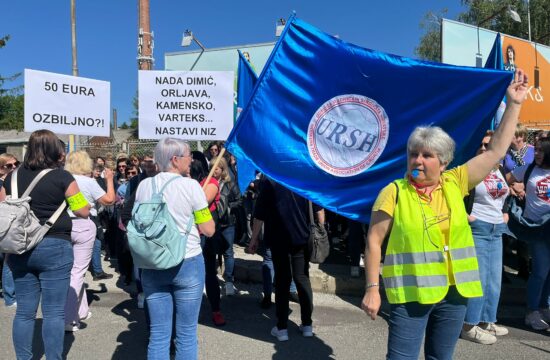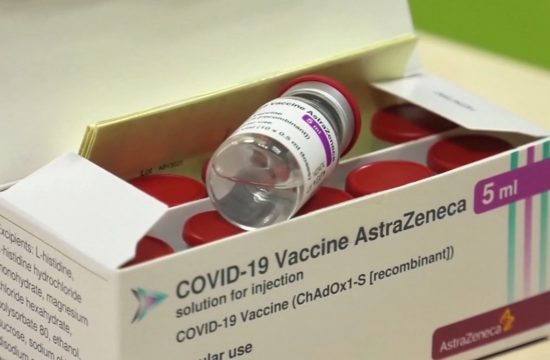
Epidemiologist Sanja Kurecic-Filipovic from the Croatian Public Health Institute (HZJZ) talked to N1 on Tuesday to warn about the threat of possible outbreaks of measles on the country, and about the patient recently hospitalised in Dubrovnik, who is suspected of being infected with the disease.
“The samples collected from the patient have arrived and are ready to be processed. During the day we should be able to have test results,” she said about the patient, and added that the entire country may be threatened by an epidemic.
She was asked to comment on whether Croatia is under threat from a measles outbreak, after cases had been reported in its neighbouring countries of Serbia and Slovenia, and in Bosnia and Herzegovina.
“That threat is always present, last year we had some cases of imported infections, patients who originally contracted the disease abroad and then fell ill after returning to Croatia. The chance of spreading the infection is bigger if an infected person mixes with people who haven’s been vaccinated, and that’s the situation we have right now, especially in Dubrovnik, where the vaccination rate is only 40 percent. The vaccination rate is a very complex issue, we have been dealing with it for a number of years now. In the case of Dubrovnik, there is no reason to have such a low rate, because vaccination is regularly supplied there,” Kurecic-Filipovic said.
She was asked to comment on the anti-vaccination movement.
“Well we are witnessing the spreading of this anti-vaccination movement all over the world, but I have to say that in the media the perception of vaccination has become more positive. The information about medicines and vaccinations is readily available to the public, and also through the social media,” Kurecic-Filipovic added.
Kurecic-Filipovic also commented on the statement by MP of the populist Zivi Zid party, Ivan Pernar, who said in his appearance on N1 earlier on Tuesday that measles vaccination isn’t necessary, saying diseases like flu have a comparably much higher mortality rate.
“We have seen an outbreak in Serbia where 15 people died of measles, we have to look at vaccination risks – but if we look at vaccination itself that way, there is no risk from it, while there is risk from the disease. The things that can be prevented must be prevented,” she said.
Kurecic-Filipovic commented on the groups that are at a higher risk from contracting the disease, saying small children are the most vulnerable.
“Infants and pre-school children are at a greater risk, they are the ones we have to be focused on, and that is the reason why babies get vaccinated at 12 months of age. According to data collected by our colleagues in Serbia, people who contracted the disease were mostly older than 30 and had complications. It really depends on the type of virus that gets passed around. It is important to note that having information about any suspected infections as soon as possible is crucial, because an infected person is contagious for four days before the onset of a rash. Respiratory symptoms (caused by measles) can look like other health problems, so we need to examine everyone the person was in contact with four days prior, and help them too if they might be infected,” Kurecic-Filipovic said.
Follow N1 via mobile apps for Android | iPhone/iPad | Windows| and social media on Twitter | Facebook.




